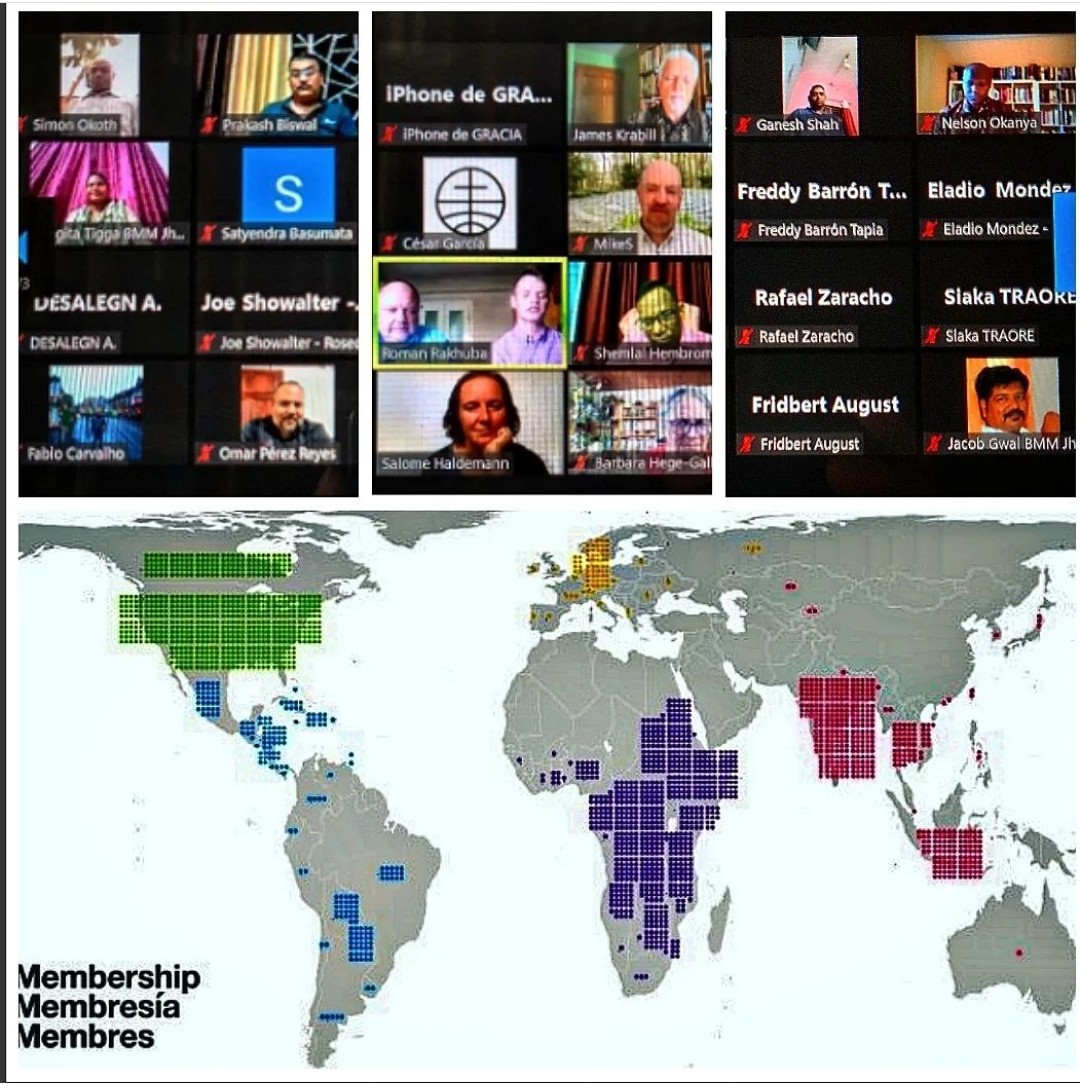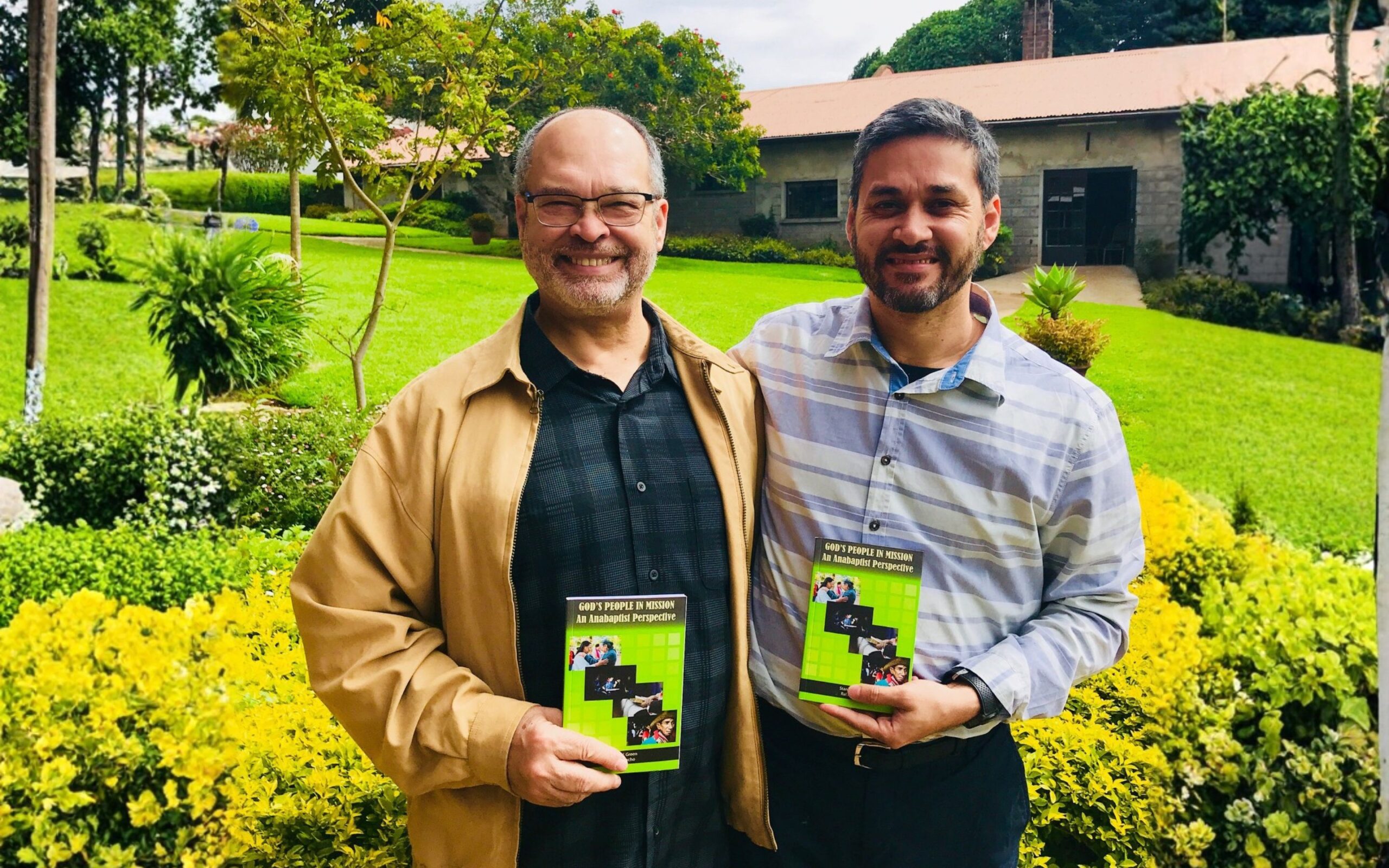-
Methods and curriculum for teaching mission from an Anabaptist perspective
Lawrence YoderAAM MeetingEMS 12/8/00 “Methods and curriculum for teaching missions from an Anabaptist perspective” As look at the issues of teaching Christian mission, a very basic challenge is to invite students to discover God’s mission, and to get on board with what God is doing and wants to do in the world. The basic prayer…
-
God’s People in Mission: An Anabaptist Perspective
A Statement of the MWC Mission Commission God is a missionary God. Jesus is a missionary Lord. The Holy Spirit is a missionary empowerer. The entire Bible is a missional book. The whole church is a missional people. Therefore, by the grace of God, as an Anabaptist faith community 1. ORIGINS We lead people to…
-
God’s People in Mission: An Anabaptist Perspective
God’s People in Mission: An Anabaptist Perspective, 2018. Based on the 10 missional statements that resulted from the work of the Mission Commission.
-
GMF Terms of Reference
Global Mission Fellowship of Anabaptist-related churches vision statement
-
GMF vision statement
Global Mission Fellowship of Anabaptist-related churches vision statement.
-
GASN Terms of Reference
Global Anabaptist Service Network Terms of Reference in response to network meetings at St. Chrishona in Basel Switzerland
-
Anabaptism and mission: an online bibliography 1859-2011
Introduction to the Updated, Online Edition (2011) The following online electronic resource represents my efforts over the last few years, as a student at Associated Mennonite Biblical Seminary (AMBS), with the sponsorship and partnership of the AMBS Mission Studies Center, directed by Walter W. Sawatsky, to update the first print edition of this work: Anabaptism…
-
God’s mission in Anabaptist communities
“The relationship of Anabaptism and mission is a hot topic, and the field continues to expand to include a number of disciplines and sub-disciplines emerging which attempt to integrate a vision that is both missional and faithful to the Anabaptist message – and to wrestling with what precisely that means!”
-
A sacrificial call to mission
“Transforming our thoughts from entitlement to sacrifice is a timeless challenge we face in Christian maturity,” says D Berg, a long-term worker with Multiply, the Mennonite Brethren mission agency. “Each church should consider the sacrifice they must make to include evangelism as a key (if not central) aspect of their congregation’s commitment to mission both…
-
Jesus Christ: Our Only Hope
Right now, the planet is in a panic about a strange disease: COVID-19. The World Health Organization (WHO) has concluded from its evaluation of COVID-19 that it should be classified as a pandemic. This illness is infecting and killing people regardless of ethnic, linguistic or socio-economic background Tedros Adhanom Ghebreyesus, WHO director-general, has stated that…

